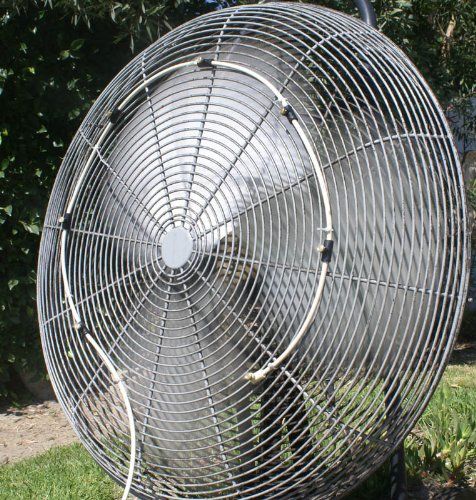However water mist suppression systems improve on this basic process by producing a finer spray or mist than a standard fire sprinkler nozzle.
Water mist system vs sprinkler system.
2 sprinkler water discharge k factors range from 43 to 475 lpm bar1 2.
While water mist systems may reduce costs when compared with dry chemical or clean agent systems traditional fire sprinkler systems may still have a financial edge.
Water mist systems are designed to at worst suppress and at best to extinguish.
It is very efficient using significantly less water than traditional sprinkler systems while achieving a similar or better level of performance.
With the above similarities nonetheless sprinkler and water mist systems do have the following differences.
There are many differences between water mist and fire sprinkler systems but they both put out fires.
High pressure water mist penetrates a fire in liquid form which results in cooling and evaporation which controls a fire.
Misting systems have been in use for decades.
Water mist nozzles operate at the early stages of a fire and only discharge 10 20 of the amount of traditional water sprinklers.
Use on various types of fires.
Smoke control scrubbing various studies have shown that water mist systems do provide a degree of smoke scrubbing a cleansing whitening of the smoke whilst sprinklers are known to push the smoke layer to low level.
They are a terrific way to conserve water through the distribution of a fine mist which has a wider radius than traditional sprinklers or nozzle hose systems.
There are two types of water mist systems.
High temperatures and low humidity will optimize the cooling effects generated by water mist systems.
Water mist systems do less damage and are easier to clean up than fire sprinkler systems.
Damage to property and clean up is less with water mist suppression the average water mist droplet has a surface area that is 100 times greater than the volume of water released from a sprinkler system so they offer more effective fire suppression.
Water mist systems also minimises damage from smoke and fire.
Water mist nozzles may have single or multiple orifices.
In all cases this is sufficient to completely extinguish the beginnings of a fire and in turn minimises the damage to a households material posessions.
The water droplets are less than 1000 microns in 99 of the water mist system while fire sprinkler systems have no limitation on droplet size.
Water mist systems discharge less water than sprinkler systems.
The k factors of water mist nozzles are much smaller.
The savings in potential damages via water mist can sometimes outweigh this drawback but the initial costs remain high.





























